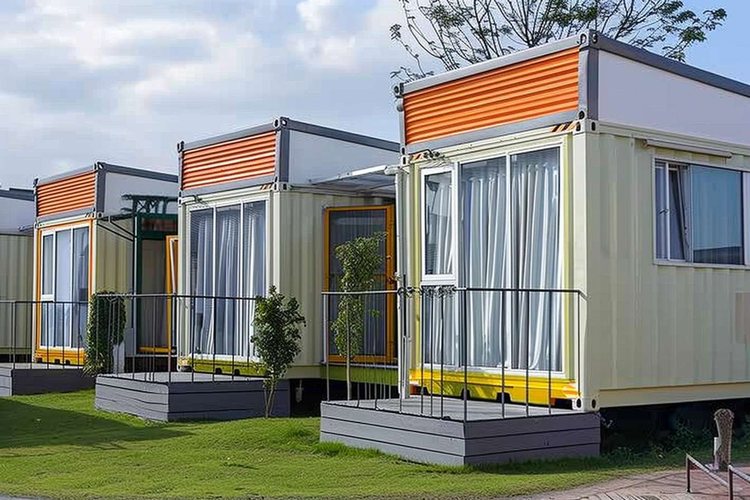The Modern Evolution of Housing: Understanding Prefabricated Homes
Prefabricated homes represent a revolutionary shift in residential construction, combining efficiency, sustainability, and modern design. These factory-built structures offer a compelling alternative to traditional site-built homes, with components manufactured in controlled environments before being assembled at the final location. As housing demands evolve and construction technology advances, prefab homes have emerged as a practical solution for contemporary living.

Benefits of Modern Prefab Construction
The advantages of prefabricated construction extend beyond mere convenience. These homes typically feature superior energy efficiency due to tight seams and modern materials. Construction time can be reduced by up to 50% compared to traditional building methods, and weather delays become less significant since most work occurs indoors. Additionally, prefab homes often generate less waste during construction, making them an environmentally conscious choice.
Types of Prefabricated Housing Solutions
Several categories of prefabricated homes exist in today’s market:
-
Modular homes: Complete sections built in factories
-
Panelized homes: Wall panels constructed off-site
-
Pre-cut homes: Materials cut to precise specifications before delivery
-
Shipping container homes: Converted cargo containers
-
Mobile homes: Factory-built units on permanent chassis
Quality Standards and Building Regulations
Modern prefabricated homes must meet the same local building codes and standards as traditional construction. In many cases, they exceed these requirements due to the need to withstand transportation and crane lifting during installation. Factory conditions allow for precise quality control and consistent application of materials and techniques.
Cost Considerations and Market Comparison
The cost of prefabricated homes varies significantly based on size, design, and location. Here’s a comparative look at current market options:
| Home Type | Base Price Range | Average Time to Complete |
|---|---|---|
| Basic Modular | $100,000-$200,000 | 3-4 months |
| Custom Modular | $200,000-$500,000 | 4-6 months |
| Luxury Prefab | $500,000+ | 6-8 months |
| Panelized Systems | $150,000-$300,000 | 4-5 months |
Prices, rates, or cost estimates mentioned in this article are based on the latest available information but may change over time. Independent research is advised before making financial decisions.
The Future of Prefabricated Housing
The prefabricated housing industry continues to evolve with technological advancements. Innovations in materials, design software, and manufacturing processes are making these homes increasingly sophisticated and customizable. As sustainability becomes more crucial in construction, prefab homes are positioned to lead the way in efficient, environmentally conscious housing solutions.






